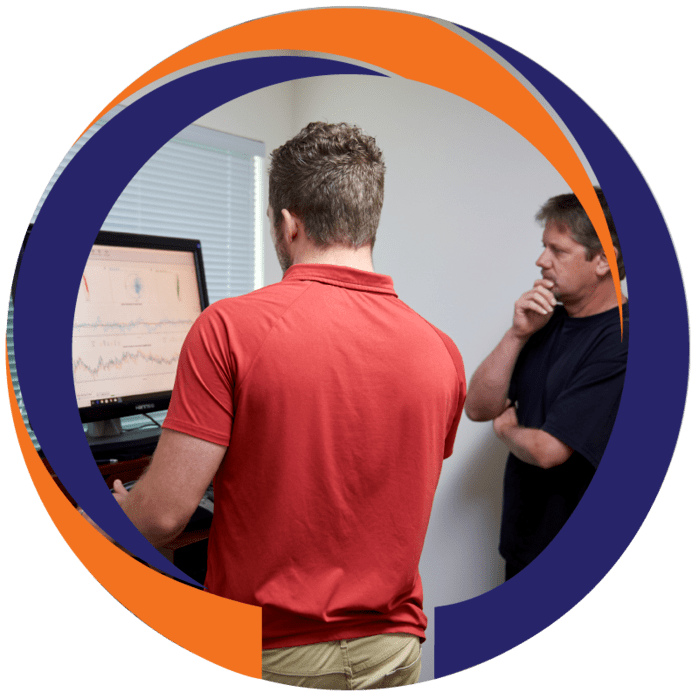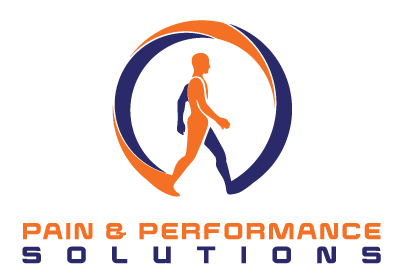
Our Client Process Flow
So, what happens when you decide to contact us because of your pain? Here is a brief overview of the flow of steps you will take when becoming a client at Pain & Performance solutions.
Before beginning any treatment or even formulating a treatment plan, we must gather information and some history. Unlike many other providers and clinics, Pain & Performance Solutions operates on the basis of compatibility – we must both agree that we’re a good fit and that there is value in moving forward with the process.
The Steps of the “Client Flow” for Treatment Plans
There are a series of steps in what we call the “Client Flow” when assessing a client’s compatibility, assessing the issues involved, and potentially developing treatment plans and subsequent treatment.
Initial Phone Consultation
As a prospective client, your first step will be to call and schedule your Initial Phone Consultation. During this consultation, which is a type of discovery call, you will be asked a number of questions designed to determine the nature of your pain or discomfort.
In addition, part of the purpose of this initial consultation is to determine if our services are suited to treat your complaint and if we agree that this will be a “good fit” going forward with a treatment plan.
In-Person Consultation
Once it has been determined that we want to move into an actual assessment, your next step is to schedule an in-person consultation and assessment. These will be far more in-depth than what you experienced during the phone consultation.
This consultation involves questions related to any surgeries, accidents, broken bones, or other physical trauma you may have experienced, In addition, we will ask about participation in sports the type of jobs you have had.
Physical Assessment
Following the questions, you will be given a series of assessments of your range of motion or of muscle tests that might be related to your pain issues. In addition, there will often be some brief manual palpation done on major muscle groups.
This is done to determine which muscles are hypertonic (tight), and which are hypotonic (not-tight). Based on the results of the consultation and assessments, we will then proceed to a potential treatment plan.
Developing a Treatment Plan – The “Onramp”
The treatment plan, or Onramp, you will be given is based on a variety of factors and can range from four weeks, six weeks to eight weeks in length. Once this is determined and agreed upon, we will work with you to set up and schedule the necessary appointment for the duration of your treatment plan.
At this time any payment arrangements will be finalized and any questions you may have can be addressed.
Completing the Treatment Onramp
Once you have completed the Onramp of your initial treatment plan, a post-treatment review and assessment will be performed. It is possible, too, that during the actual treatment plan itself, changes may have been made depending on new developments or additional findings during the course of treatment.
At this stage, however, the goal is to determine if the recovery objectives have been suitable achieved or if it is advisable to extend the treatment plan, as needed.
Follow-Up Consultation and Assessment
Once the treatment plan is sufficiently at an end, we will consider a suitable monthly plan to maintain your recovery and anticipate and work with any new or lingering pain issues. These monthly plans are tailored to each client’s specific needs and circumstances.
Promoting Muscle Recovery and Resolving Muscular Dysfunction
At Pain and Performance Solutions, we utilize a range of body work systems and therapies such as Active Release Technique (ART®), Selective Functional Movement Assessment (SFMA™), NeuroKinetic Therapy (NKT®), and Proprioceptive Deep Tendon Reflex (PDTR®) to aid in muscle recovery and correct muscular dysfunction.
Because no two humans are identical, these various tools allow us to tailor every treatment session to the needs and abilities of each client. For example, some pain issues respond best to movement-based rehabilitation using Anatomy in Motion®, while others such as rehabilitating from an overuse injury or a muscle tear respond better to soft tissue release techniques.
Make an Appointment
If you are ready to engage in an educational journey to discovering the root cause of your pain, gain the effective tools to manage and eliminate it, and be pain free – book your first appointment now:
FAQ
Want to know more about your session? Check out our FAQ page and get answers to our most popular questions
Services
Our techniques include ART®, SFMA™, AiM, NKT, and P-DTR®. Visit our page to learn more about them.
About
Julian Corwin’s journey took him from Engineer to specialized body worker. Read more about how he applies his skills for you.
Case Studies
Every body is unique and so are the solutions to getting them moving like they should. Read more here.
